Recent Apple ecosystem news has been buzzing with conflicting reports and intriguing developments that deserve a closer look. From leadership speculation to cross-platform breakthroughs and accessibility innovations, there's plenty to unpack in this tech landscape. Let's break down what's actually happening behind the headlines and explore why these developments matter for Apple users and the broader tech community.
The tech rumor mill has been working overtime lately, particularly around Apple's leadership future. Bloomberg's Mark Gurman disputes claims that Tim Cook's departure is imminent, contradicting earlier Financial Times reports suggesting a 2026 exit. What makes Gurman's perspective particularly credible is his track record covering Apple's internal dynamics and his access to company insiders.
While Apple has been preparing for leadership transitions with hardware chief John Ternus emerging as a likely successor, internal indicators show Cook remains deeply engaged with the business and continues enjoying his role. This stability becomes increasingly important as Apple navigates major technological shifts in AI, cross-platform interoperability, and accessibility innovation.
The succession planning itself reveals Apple's strategic thinking. In October this year, Bloomberg suggests that the internal spotlight on Ternus was 'intensifying', making him the likely candidate to succeed Cook. But rather than signaling imminent change, this appears to be Apple's characteristic long-term planning approach – ensuring seamless transitions without disrupting innovation momentum.
When platform barriers start crumbling
Here's something that caught everyone off guard: Google's engineers managed to crack Apple's closed AirDrop protocol for the Pixel 10 series. This breakthrough enables seamless file sharing between Pixel phones and Apple devices for the first time, representing a fundamental shift in how platform competition might evolve.
What makes this achievement remarkable isn't just the technical prowess – it's the timing and method. Google developed this capability entirely through reverse-engineering Apple's protocols, but they also leveraged regulatory changes from the EU's Digital Markets Act that forced Apple to make AirDrop more interoperable. This demonstrates how regulatory pressure creates unexpected opportunities for innovation that ultimately benefits users.
The implementation uses direct peer-to-peer communication with multiple security layers, maintaining the same security standards both platforms demand. Google essentially created a translation layer between their Quick Share system and Apple's AirDrop protocol – making two different languages speak to each other fluently while preserving the native experience users expect.
Meanwhile, Google has been systematically removing friction points for iPhone switchers. Support for migrating Live Photos from iOS is now available through Android Switch on all Pixels, with the feature expanding to more devices over the coming weeks. Additionally, iPhone burst photos can now seamlessly transfer to Pixel devices, appearing as organized stacks in Google Photos.
These developments suggest we're witnessing the emergence of a new competitive landscape where artificial barriers between platforms are being dissolved through engineering excellence and regulatory influence, creating more seamless device ecosystems regardless of manufacturer.
Making technology work for everyone
Apple's commitment to accessibility continues evolving in fascinating ways. The company's first Accessibility department was established 40 years ago in 1985, and their approach remains centered on building with communities rather than for them. As Sarah Herrlinger from Apple's accessibility team explains: "You don't build for a community, you build with them."
This philosophy drives Apple's organization of accessibility development around five main pillars: vision, hearing, physical/motor, cognitive, and speech, ensuring comprehensive feature support across all areas. What's particularly compelling is how these features transcend their original intent, often finding applications that surprise even Apple's teams.
The intersection between accessibility and health features has become particularly powerful. Apple's iPhone and Watch can listen for environmental sounds like doorbells, fire alarms, or running water, presenting visual alerts for users who might not hear them. But the impacts extend beyond the intended use cases – one father reported that the Noise app helped his autistic son better understand his speaking volume, improving his social interactions at school.
PRO TIP: With iOS 18.1 introducing three powerful Hearing Health features for AirPods Pro 2, millions of AirPods users can now discover hearing issues they didn't know they had. By taking hearing tests and potentially using their AirPods as hearing aids, they can avoid downstream effects like social isolation and cognitive decline.
The statistics tell a compelling story: about 75% of people diagnosed with hearing loss weren't using any assistance. Apple's approach of embedding these capabilities into devices people already own and love creates a pathway to help without stigma.
What this means for the Apple ecosystem
These three trends – leadership stability, cross-platform interoperability, and inclusive design evolution – paint a picture of an ecosystem in strategic transition rather than disruption. Cook's continued leadership provides the steady hand needed during a period when platform boundaries are shifting and AI integration accelerates.
Apple Intelligence continues expanding with iOS 18.1 adoption rates twice as fast as previous updates, indicating strong user interest in AI-enhanced features. This rapid adoption demonstrates that users are genuinely excited about capabilities that enhance their daily workflows – from proofreading messages to summarizing emails and providing a more conversational Siri experience.
The cross-platform developments signal a future where regulatory pressure and engineering innovation combine to break down artificial barriers. Rather than weakening Apple's ecosystem, these changes may strengthen it by demonstrating that Apple's user experience advantages don't depend on vendor lock-in.
Apple's sustained focus on accessibility demonstrates that inclusive design remains a core priority, with features often finding unexpected applications that benefit broader user bases. The blurring lines between accessibility and health features suggest Apple sees these as interconnected elements of human-centered design.
Bottom line: we're witnessing an Apple ecosystem that's becoming more open through regulatory influence, more intelligent through AI integration, and more inclusive through thoughtful accessibility design. While leadership transitions may eventually come, the current momentum suggests these strategic directions will continue shaping how Apple devices work together – and increasingly, with the broader tech landscape. The key takeaway is that Apple appears to be adapting to new realities while maintaining its focus on user experience and inclusive innovation.





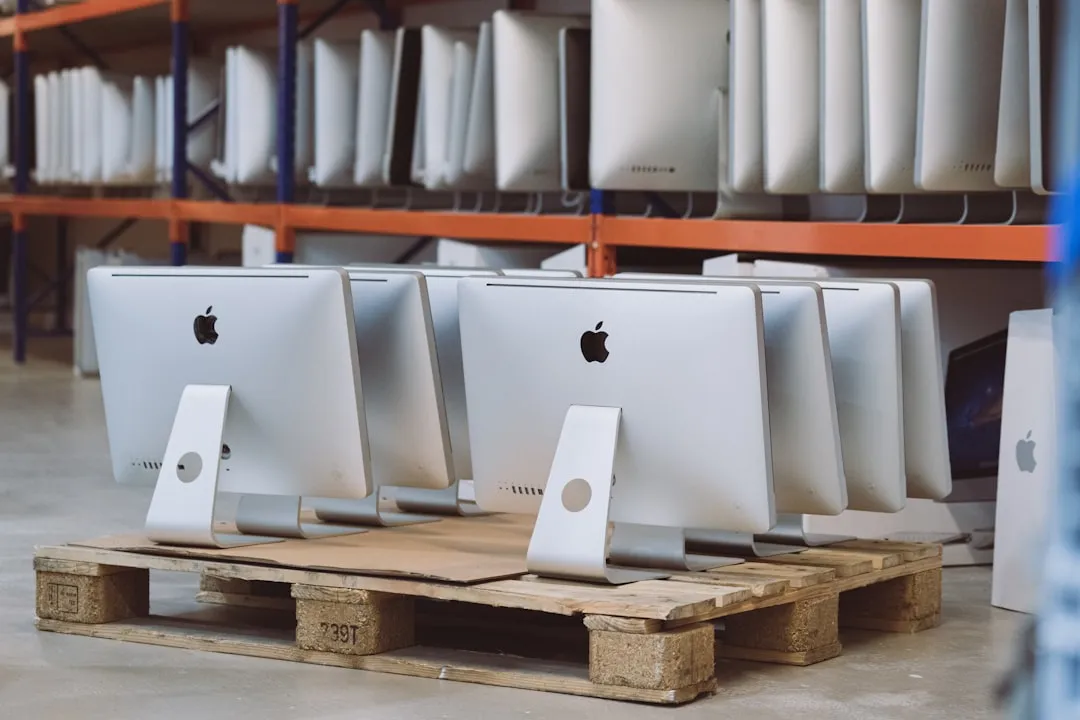


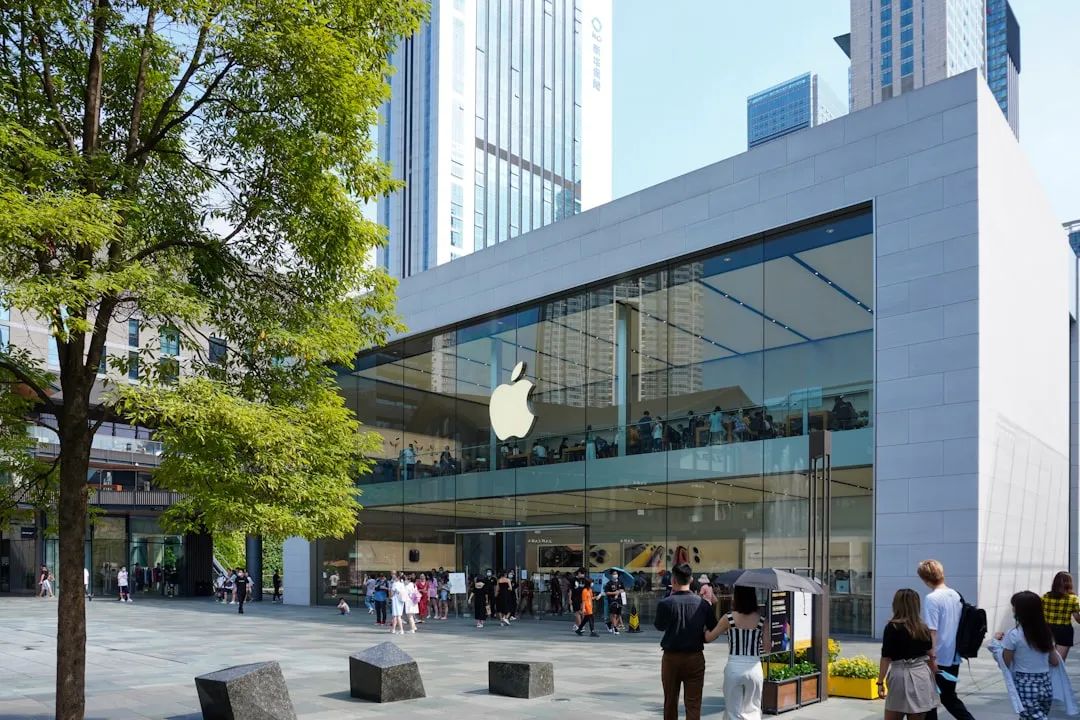

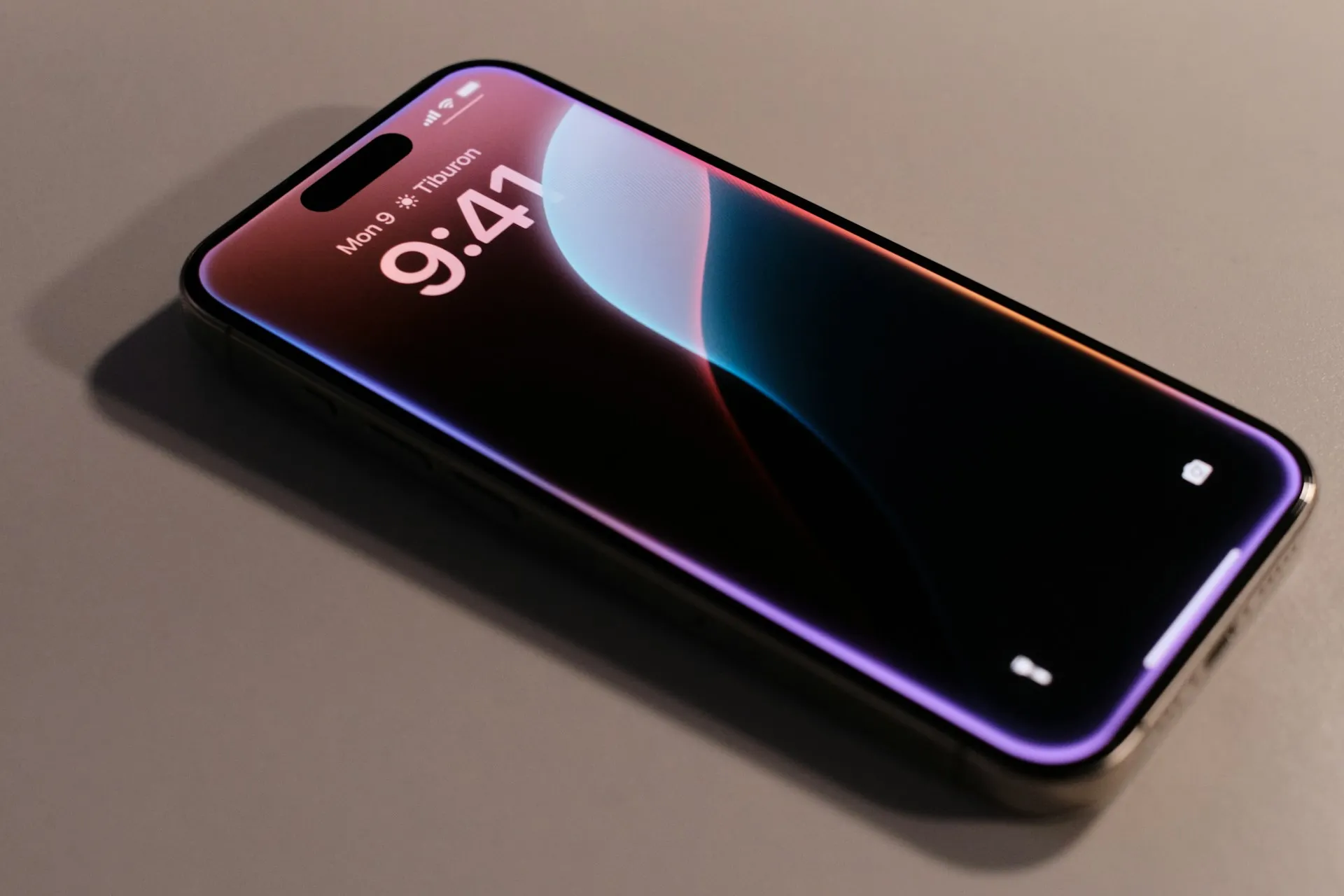
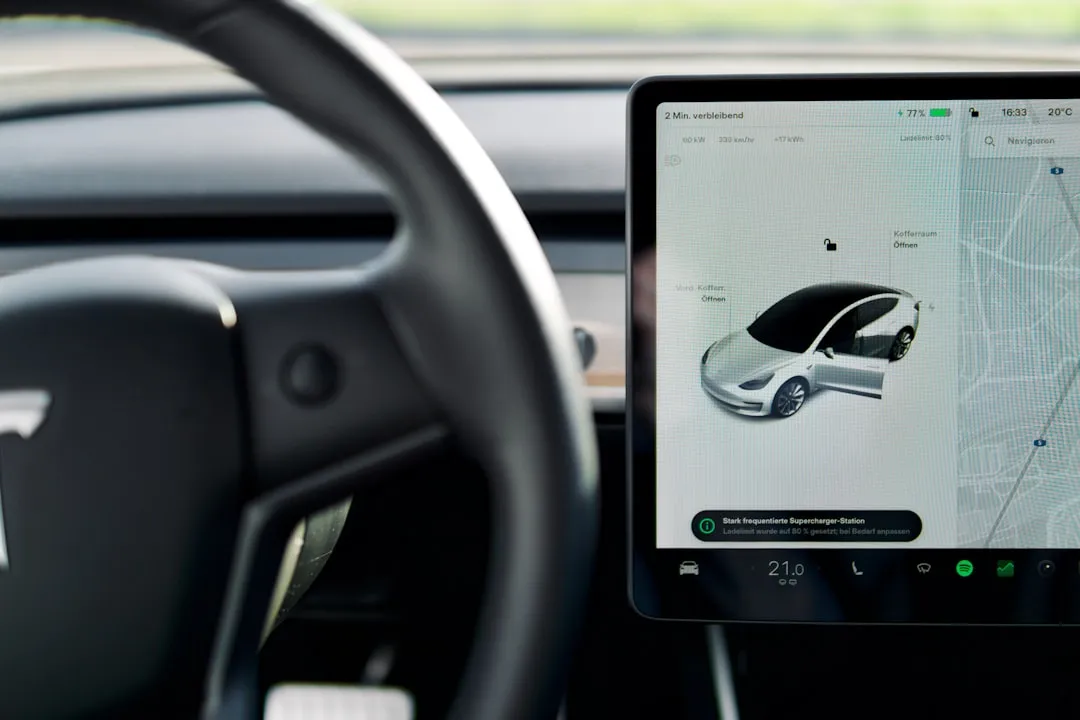





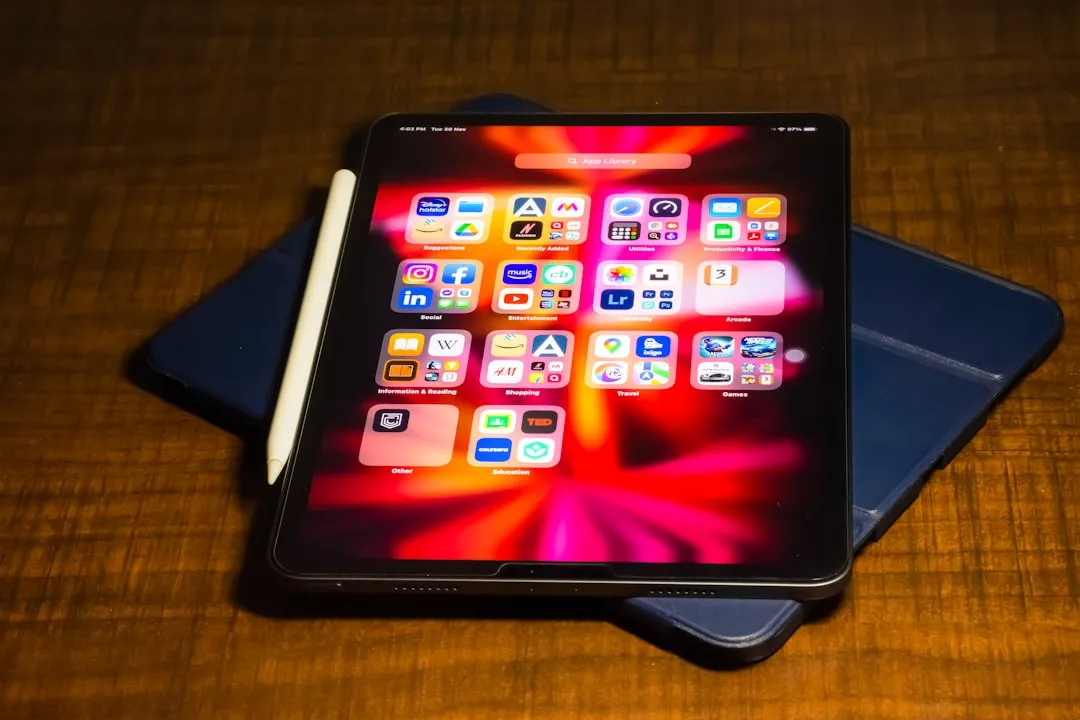

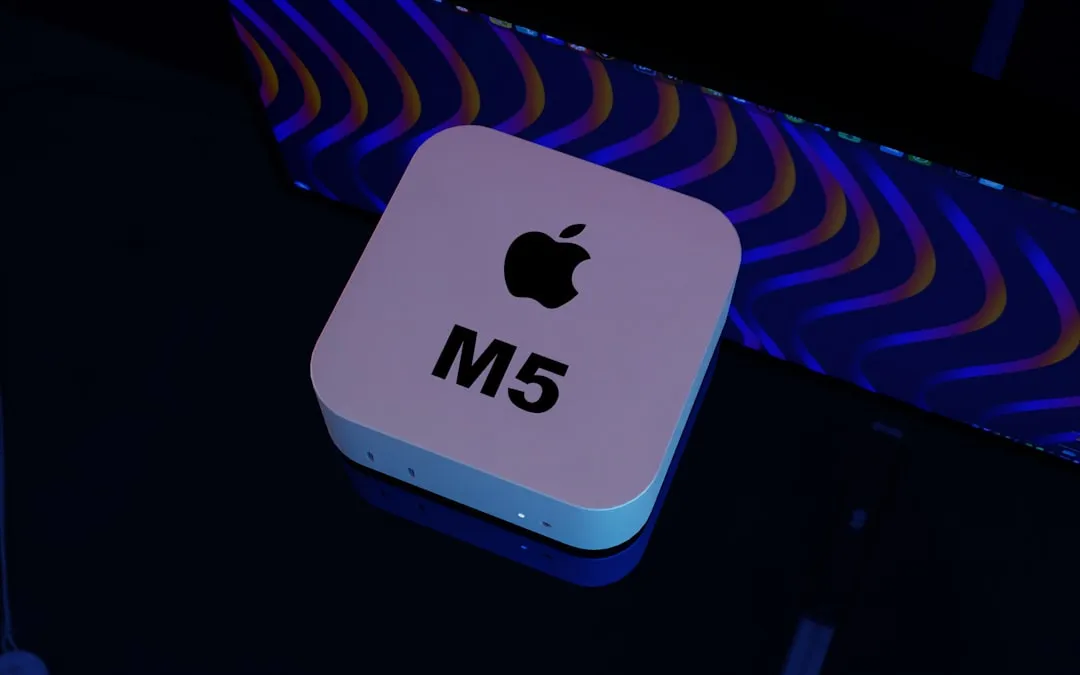



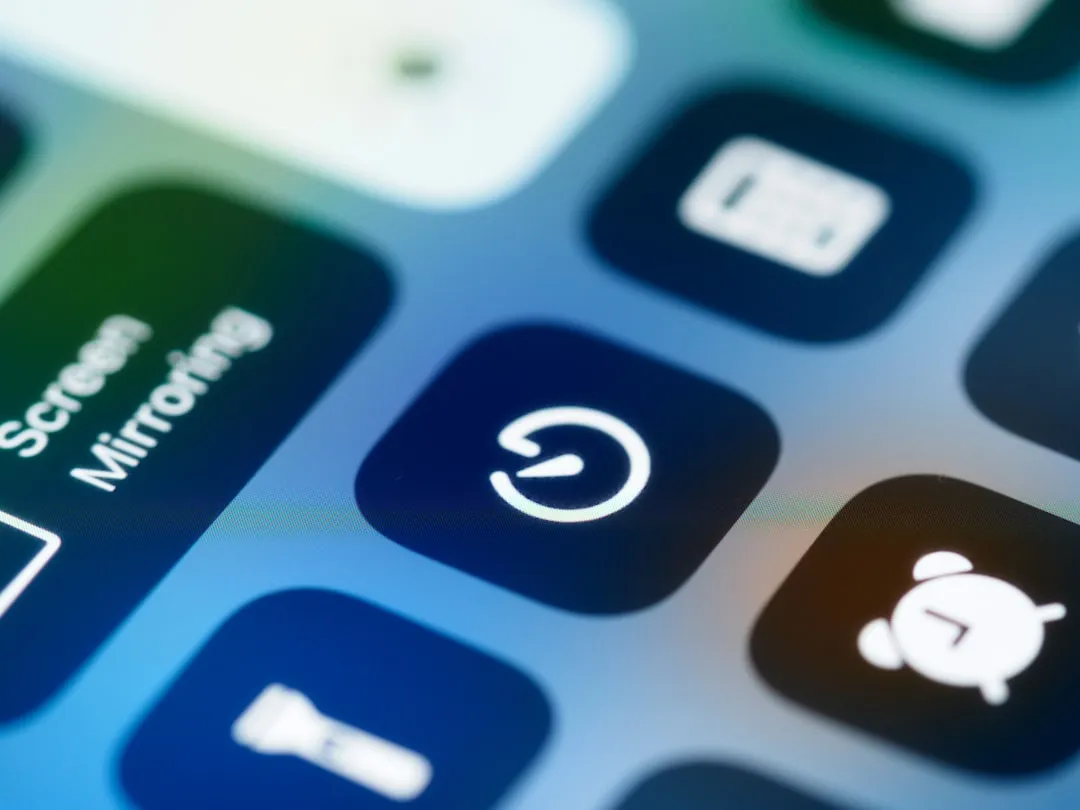
Comments
Be the first, drop a comment!